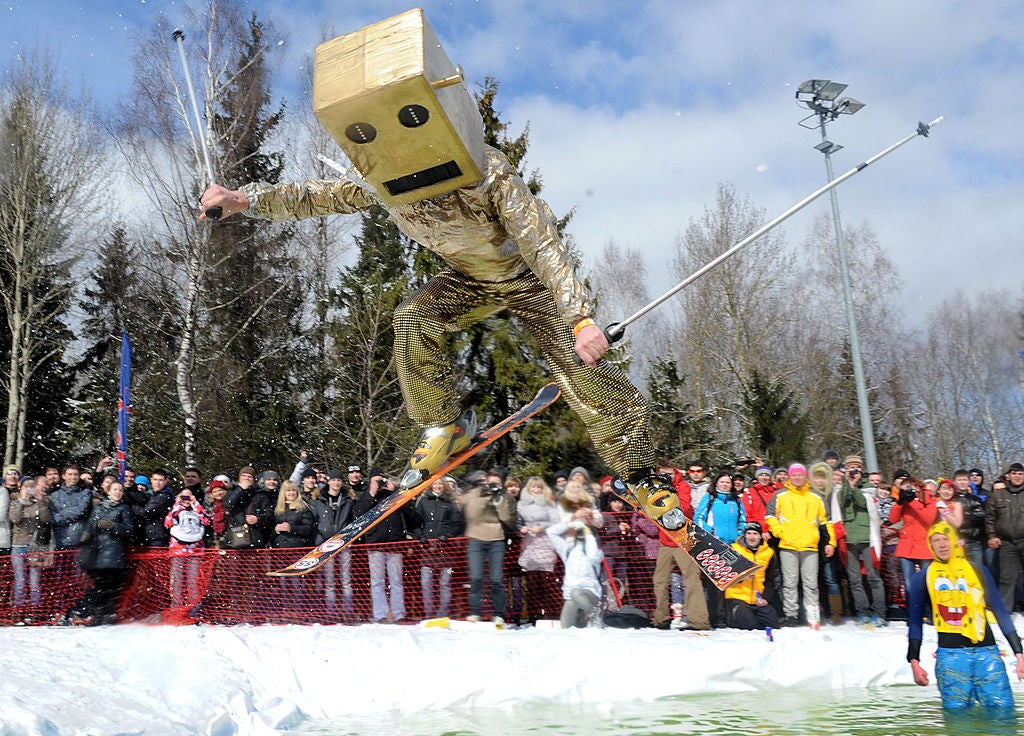Not a day goes by that we don’t hear about an aspect of human ability made redundant by the powers of artificial intelligence. Let’s face it: AI is on the march. And when it comes to action sports, . Earlier this year, an artificially intelligent robot—nicknamed “The Owl”—judged practice events at the Winter X Games in Aspen, Colorado. Its analysis of the men’s superpipe competitors correctly predicted who would stand atop the podium. It was deployed again last month for the Summer X Games. Now, Jeremy Bloom, who became CEO of the X Games late last year, has with the goal of improving judging in all refereed sports like gymnastics and figure skating.
Perhaps this news makes you queasy. But human error—even when obviously unintentional—has long been a problem in professional sports. The human eye is fallible. Ask any serious baseball fan how they feel about umpires judging balls and strikes, or any tennis fan whether or not they long for the days before the system. Question a soccer fan on whether or not new technology has made more accurate. In short, there have been improvements made in the sports we love, and technology is a big part of the equation.
Action sports, of course, are different balls of wax. The complexity of tricks, the motion of the body, the intricacies of each spin—these elements are hard to score as black and white objective measurements. Judging, even at its best, is somewhat subjective. Does this leave room for robot intervention?
Bloom and his cofounders said told the Colorado Sun that the goal of Owl AI is not to replace human judges, but rather to complement their work. If that’s true, I’ll watch with guarded optimism to see how this unfolds. There are aspects of competition—a certain flare and style from an athlete—that a human judge might be better equipped to evaluate. But if AI can more consistently score some complicated elements of action sports, it might improve the experience for the athletes, the fans, and maybe even human judges themselves. Maybe.


